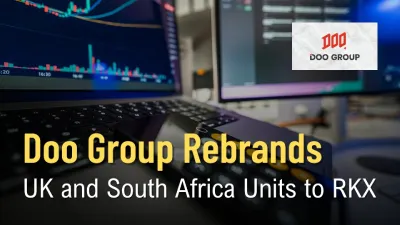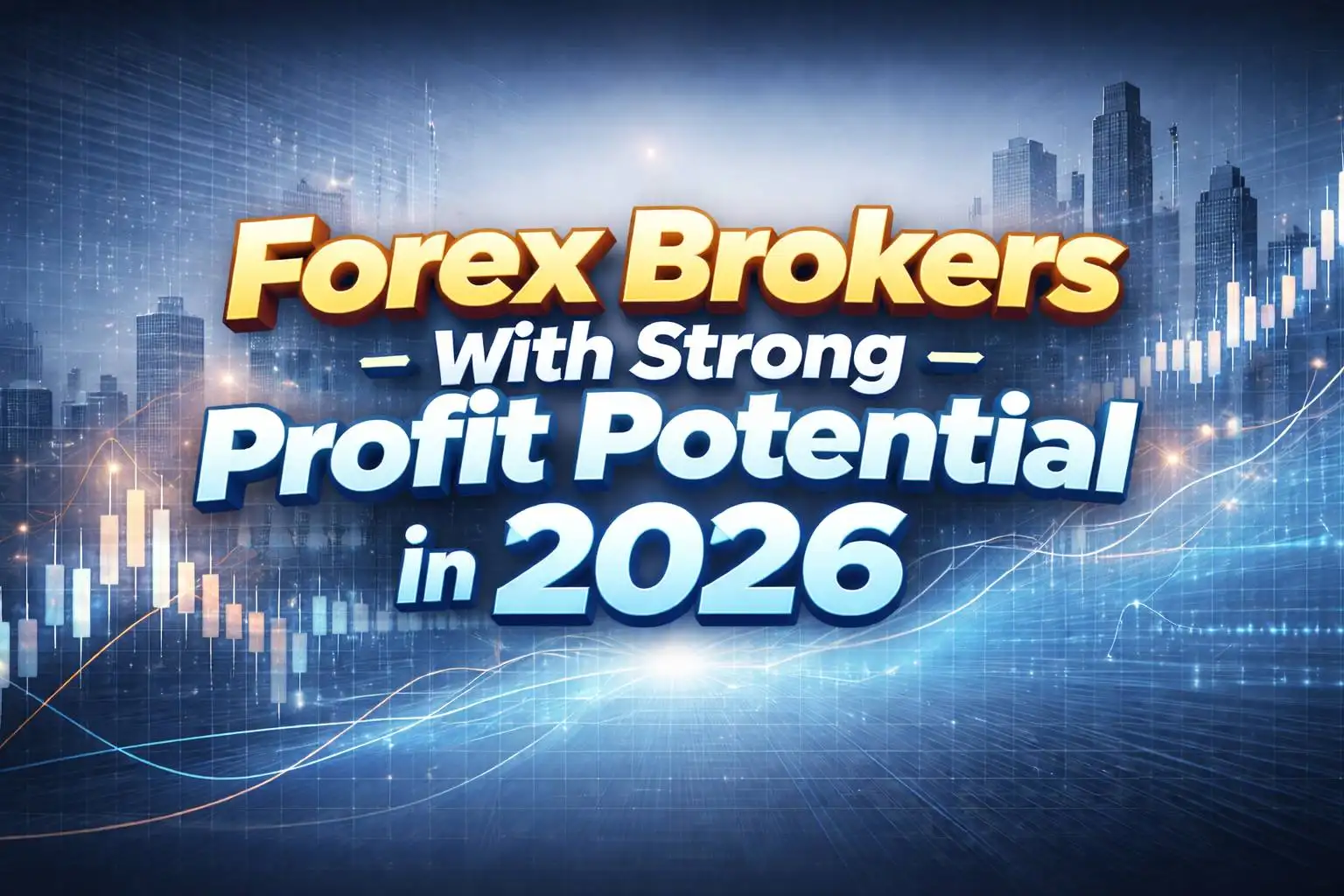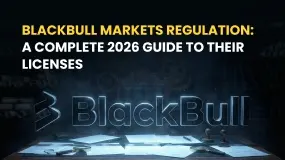ATFX Partners with AFA in Strategic Sponsorship
ATFX partners with the Argentine Football Association as a regional sponsor, linking forex industry strategy with global sports excellence.
简体中文
繁體中文
English
Pусский
日本語
ภาษาไทย
Tiếng Việt
Bahasa Indonesia
Español
हिन्दी
Filippiiniläinen
Français
Deutsch
Português
Türkçe
한국어
العربية
Abstract:Understanding the saying “Cut Your Losses Short and Let Your Profits Run.”

Some say that this statement must be a reference for traders to be successful when trading forex. Then what is exactly the purpose of this statement?
Generally, this statement wants to show that trading is a business. To be able to run this business, you must know how to achieve profits. According to Option Alpha, the trader who can treat it like a business is much less likely to force trades out of boredom or because he/she feels an internal pressure to be productive. Thus, you can feel satisfied with the process you get these benefits.
When “emotional” factors participate in your trading activities, limiting losses can be the most difficult thing to do. It might happen because you are too ambitious to get a profit immediately. Limiting losses is foremost risk management in trading. Simple execution is determining stop loss.
Some successful traders claim that the concept of limiting losses must be applied firmly in trading activities. This must be done at the beginning when you have determined the position entry. Not only acting when the amount of loss is too large and erode your capital or capital.
Usually, novice traders tend to close positions too quickly when they get profit. Though you can maximize your profits if you are sure to enter the market in the right position. This principle was born referring to the purpose of forex trading itself, which is to realize profit opportunities. Thus, let the profit come to you with a note that you can take a good position from a good analysis as well.
In practice, this principle is suitable for those of you who choose a swing trading strategy because of the tendency to hold positions for more than 24 hours. Thus, you are more confident in the position entry and not closing that position too quickly when you profit. Besides, you also need to arrange risk management with a risk-reward ratio.
The risk-reward ratio is the ratio between the amount of loss that you are prepared to bear with the amount of profit that you expect. Risk is applied with stop loss, while the reward is applied with taking a profit. It would be ideal if you set a bigger take profit than stop loss.
In conclusion, this statement should be a motivation for you to trade because no one wants to lose. Good luck, traders.

Disclaimer:
The views in this article only represent the author's personal views, and do not constitute investment advice on this platform. This platform does not guarantee the accuracy, completeness and timeliness of the information in the article, and will not be liable for any loss caused by the use of or reliance on the information in the article.

ATFX partners with the Argentine Football Association as a regional sponsor, linking forex industry strategy with global sports excellence.

Doo Group rebrands its UK and South Africa entities to RKX, reflecting regulatory updates and broader strategic changes.

As global markets enter 2026 amid shifting interest-rate cycles, AI-driven trading tools, and rising retail participation, choosing the right forex broker has become more critical than ever. While no broker can guarantee profits, some platforms offer better trading conditions, stronger regulation, and lower execution costs, which significantly improve a trader’s long-term profitability potential.

Before trusting any broker, you need to check if it is properly regulated. The safety of your capital and fair trading conditions depend completely on how well the broker is supervised. For a thorough check on brokers like BlackBull Markets, websites like WikiFX can give you collected information, license tracking and user reviews, providing an important independent check. This article aims to answer a key question: Is BlackBull Markets a safe and regulated broker? The simple answer is yes, but the regulation setup uses two different licenses that every trader needs to understand. We will break down the BlackBull Markets regulation system, explain each BlackBull Markets license, and make clear what this setup means for you as a trader. Our review is based on facts you can check and aims to give you an unbiased, expert view.
